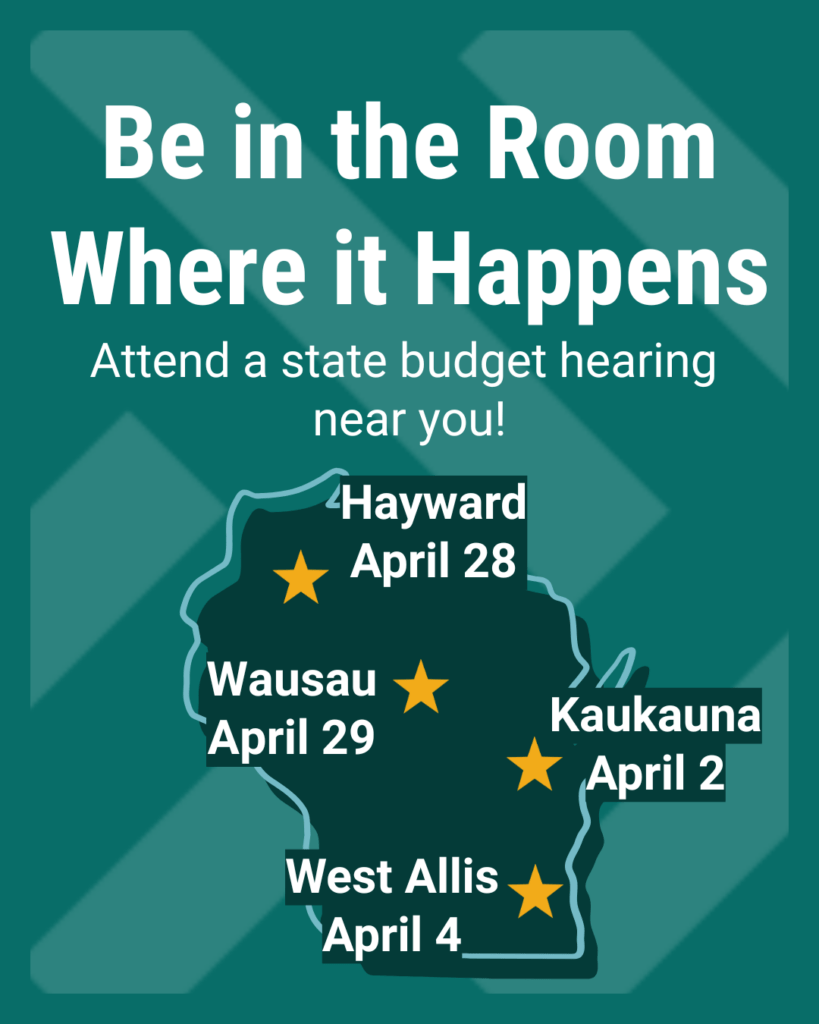Wisconsin families still haven’t recovered economically from the recession, according to new figures on poverty and income released by the U.S. Census Bureau last week. Here are five charts drawn from the Census data that describe the number of Wisconsin residents who have incomes too low to meet basic needs.
1. Years after the recession is over, the number of people living in poverty remains above pre-recession levels. In 2016, 662,000 people lived in poverty in Wisconsin, compared to 588,000 people in 2007 – an increase of about 74,000. For a family of four, that means they earned less than about $24,000.

2. Children are more likely to be in poverty than the rest of the population. About 1 out of every 6 Wisconsin children lived in poverty last year, compared to 1 out of every 8 people in the population as a whole.

3. Wisconsin residents in poverty mostly have high school degrees, live outside of Milwaukee County, and are white. Half of them worked, and a significant share of them lived in extreme poverty. Nearly one-third of Wisconsin residents in poverty are children.

4. Many Wisconsin families of color are blocked achieving their full economic potential. Wisconsin residents who are black are three and a half times as likely as white residents to live in poverty. Residents of other races are also more likely than white residents to live in poverty.

- Incomes are lower for households of color in Wisconsin than for white ones. For example, in 2016 the income of a typical black household was less than half that of a white household.

This PDF document includes all five charts. This press release includes more information about poverty and income and includes steps we should take to make sure every family has the opportunity to thrive.



